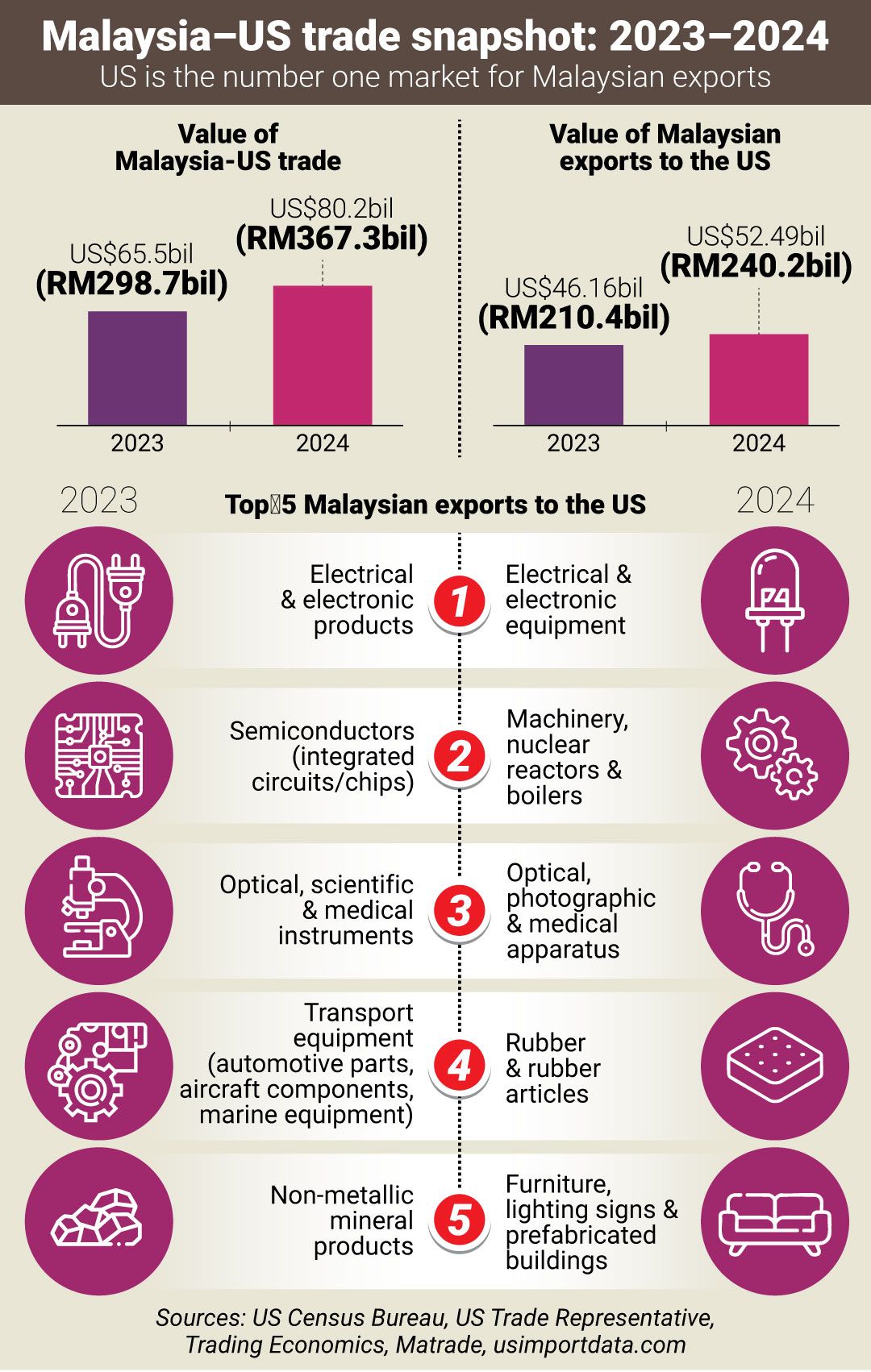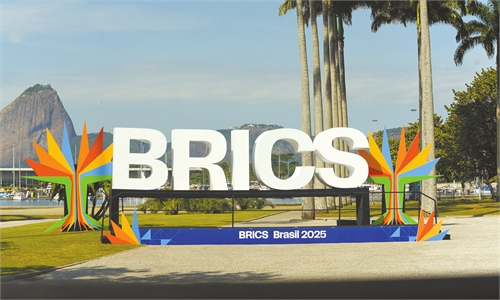A quiet suburb is the coder ‘village’ at the heart of China’s ai frenzy.
IT was a sunny Saturday afternoon, and dozens of people sat in the grass around a backyard stage where aspiring founders of tech startups talked about their ideas. People in the crowd slouched over laptops, vaping and drinking strawberry Frappuccinos. A drone buzzed overhead. Inside the house, investors took pitches in the kitchen.
It looked like Silicon Valley, but it was Liangzhu, a quiet suburb of the southern Chinese city of Hangzhou, which is a hot spot for entrepreneurs and tech talent lured by low rents and proximity to tech companies like Alibaba and Deepseek.
“People come here to explore their own possibilities,” said Felix Tao, 36, a former Facebook and Alibaba employee who hosted the event.
Virtually all of those possibilities involve artificial intelligence. As China faces off with the United States over tech primacy, Hangzhou has become the centre of China’s AI frenzy.
A decade ago, the provincial and local governments started offering subsidies and tax breaks to new companies in Hangzhou, a policy that has helped incubate hundreds of startups. On weekends, people fly in from Beijing, Shanghai and Shenzhen to hire programmers.
Lately, many of them have ended up in Tao’s backyard. He helped found an AI research lab at Alibaba before leaving to start his own company, Mindverse, in 2022. Now Tao’s home is a hub for coders who have settled in Liangzhu, many in their 20s and 30s. They call themselves “villagers”, writing code in coffee shops during the day and gaming together at night, hoping to harness AI to create their own companies.
Hangzhou has already birthed tech powerhouses, not only Alibaba and Deepseek but also Netease and Hikvision.
In January, Deepseek shook the tech world when it released an AI system that it said it had made for a small fraction of the cost that Silicon Valley companies had spent on their own. Since then, systems made by Deepseek and Alibaba have ranked among the top-performing open source AI models in the world, meaning they are available for anyone to build on.
Graduates from Hangzhou’s Zhejiang University, where Deepseek’s founder studied, have become sought-after employees at Chinese tech companies.
Chinese media closely followed the poaching of a core member of Deepseek’s team by the electronics company Xiaomi. In Liangzhu, many engineers said
People come here to explore their own possibilities. Felix Tao
they were killing time until they could create their own startups, waiting out noncompete agreements they had signed at bigger companies like Bytedance.
Deepseek is one of six AI and robotics startups from the city that Chinese media calls the “six tigers of Hangzhou”.
Last year, one of the six, Game Science, released China’s first big-budget video game to become a global hit, Black Myth: Wukong. Another firm, Unitree, grabbed public attention in January when its robots danced onstage during the Chinese state broadcaster’s televised annual spring gala.
This spring, Mingming Zhu, the founder of Rokid, a Hangzhou startup that makes Ai-enabled eyeglasses, invited the six founders to his home for dinner.
It was the first time they had all met in person, Zhu said. Like him, most of the six had studied at Zhejiang University or worked at Alibaba.
“When we started, we were small fish,” Zhu said. “But even then, the government helped out.” He said government officials had helped him connect with Rokid’s earliest investors, including Jack Ma, the founder of Alibaba.
Too much of a good thing?
But some said the government support for Hangzhou’s tech scene had scared off some investors. Several company founders, who asked not to be named so they could discuss sensitive topics, said it was difficult for them to attract funds from foreign venture capital firms, frustrating their ambitions to grow outside China.
The nightmare situation, they said, would be to end up like Bytedance, the Chinese parent of Tiktok, whose executives have been questioned before US Congress about the company’s ties to the Chinese government.
Founders described choosing between two paths for their companies’ growth: Take government funding and tailor their product to the Chinese market, or raise enough money on their own to set up offices in a country like Singapore to pitch foreign investors. For most, the first was the only feasible option.
Another uncertainty is access to the advanced computer chips that power artificial intelligence systems. Washington has spent years trying to prevent Chinese companies from buying these chips, and Chinese companies like Huawei and Semiconductor Manufacturing International Corp are racing to produce their nd own.
So far, the Chinese-made chips work well enough to help companies like Bytedance provide some of their AI services in China. Many Chinese companies have created stockpiles of Nvidia chips despite Washington’s controls. But it is not clear how long that supply will last, or how quickly China’s chipmakers can catch up to their American counterparts.
Mindverse, the company cofounded by Tao, who hosted the backyard event, is working on a product that would use AI to help people manage their lives. It can send supportive daily emails to colleagues, for example, or regular text messages to parents reminiscing about family vacations.
“I don’t want the AI to just handle tasks, but to actually give you more mental space so you can unplug,” Tao said.
Many in the crowd in Tao’s backyard said the atmosphere in Hangzhou, set on the banks of a lake that was muse to generations of Chinese poets and painters, fuelled their creativity.
Lin Yuanlin started his company, Zeabur, while studying at Zhejiang University. His company provides back-end systems to people who are making apps and websites by “vibecoding”, or using AI tools to program without deep software knowledge.
Liangzhu is the perfect testing ground for his product, Lin said. He can lean over to someone in a coffee shop or wander into a neighbour’s living room and learn what kind of support they need for their startups. Lin found himself going to Liangzhu so often that he moved there. – ©2025 The New York Times Company
Commuters on one of several subway lines that service Alibaba’s headquarters and other surrounding tech companies, in Hangzhou, China.
Visitors by West Lake in Hangzhou, China. Many in the crowd in Tao’s backyard said the atmosphere in Hangzhou, set on the banks of a lake that was muse to generations of Chinese poets and painters, fueled their creativity.
Silicon Valley of the East
- The Star Malaysia
- By MEAGHAN TOBIN
Silicon Valley of the East
A quiet suburb is the coder ‘village’ at the heart of China’s ai frenzy.
Silicon Valley of the East














